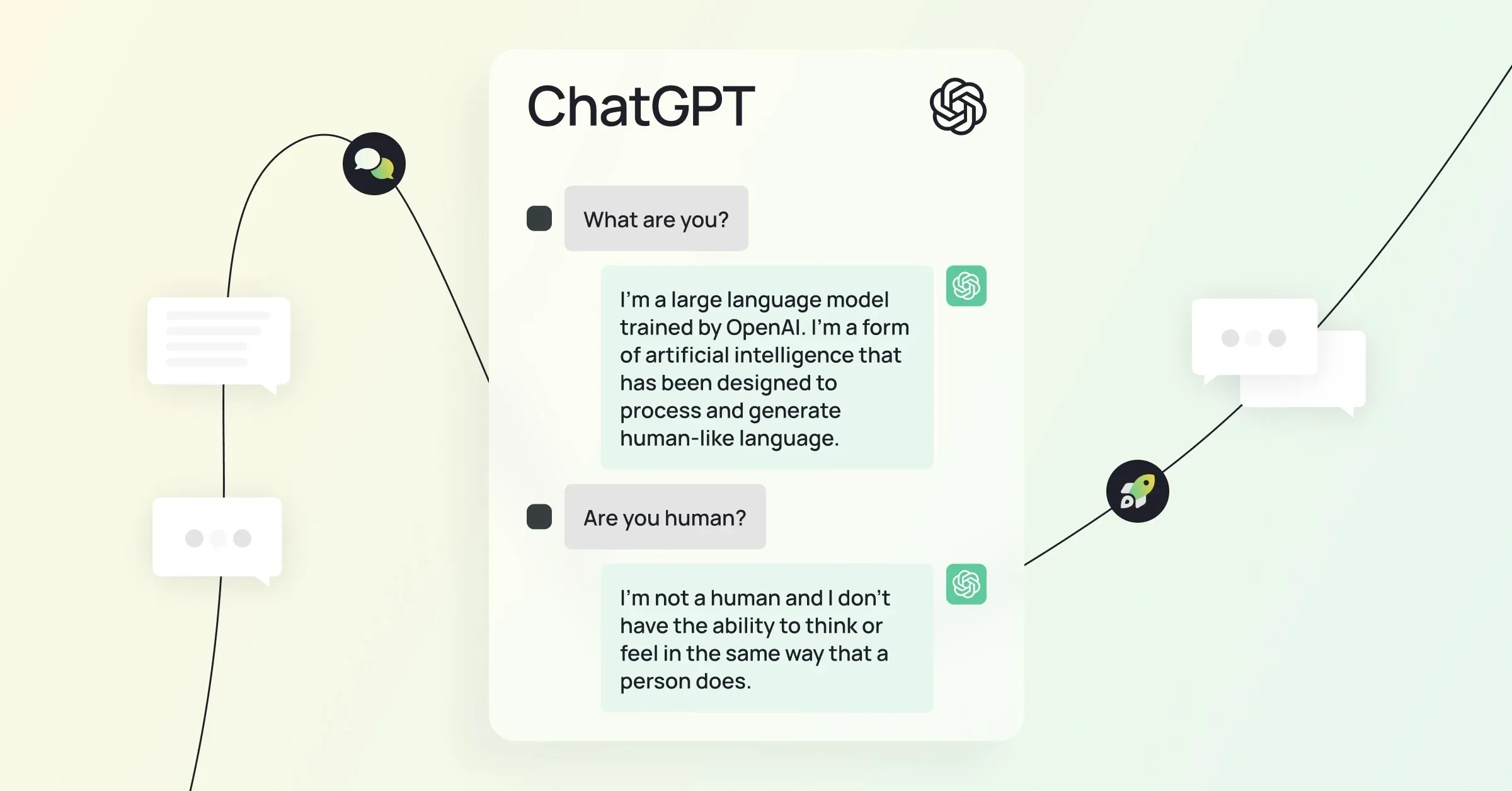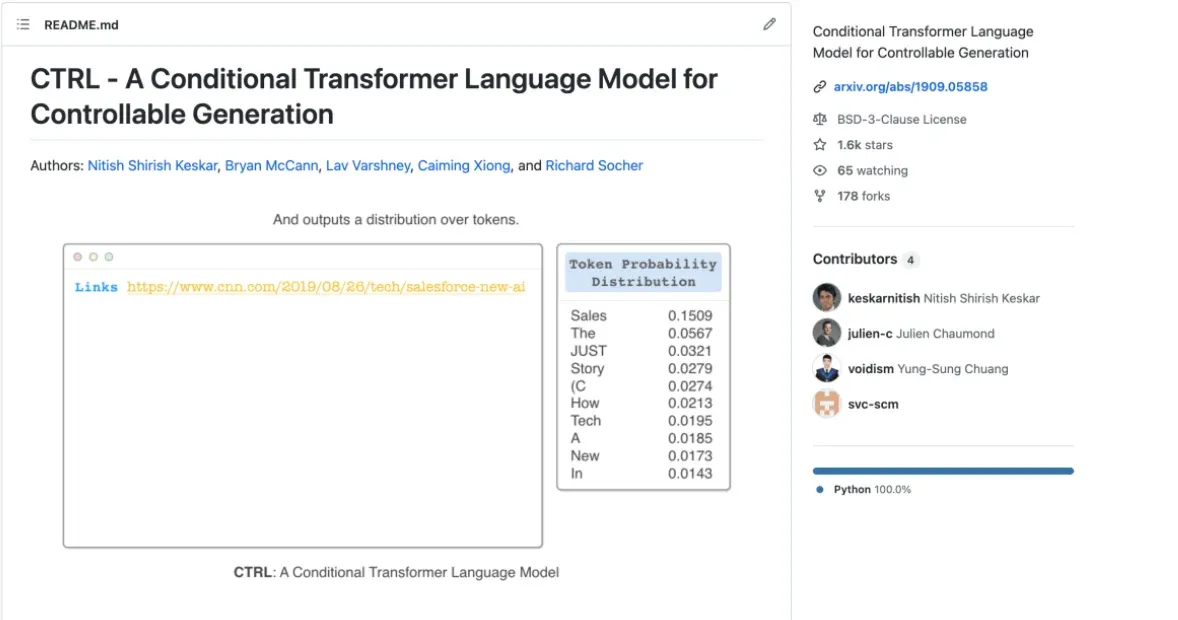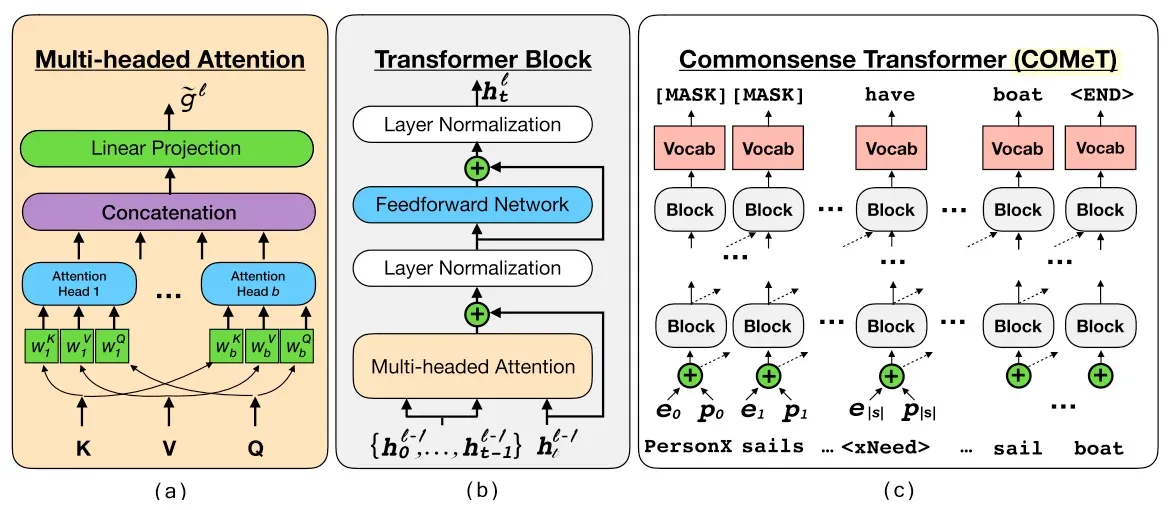Finding the perfect GPT alternative is like choosing your favorite ice cream flavor from an ever-expanding menu — there's an overwhelming array of options! You might think you prefer a simple classic like vanilla, but what if you discover that caramel drizzle is what really ignites your taste buds?
Similarly, deciding on a language model demands that you sample the options, carefully considering each one's distinct strengths, weaknesses, and unique flavors. But with so many models on the digital shelf, where do you even begin?
Fear not, because we're here to guide you through the process like your own personal AI sommelier. By delving into factors like text generation quality, adaptability to tasks, long conversation handling, and management of sensitive topics, you'll gain a solid understanding of what to look for in GPT alternatives.
In this no-fluff, concise guide, we'll dive deep into popular GPT alternatives like ChatGPT, CTRL, and COMET, exploring their strong suits, potential pitfalls, and ideal use-cases. Don't worry about jargon or confusing language — we're keeping it clear, simple, and accessible.
So let's embark on this linguistic adventure, unravel the intricacies of these text-generating marvels, and find that perfect digital delicacy tailored to your unique needs. Prepare for clarity—where every word counts!
Understanding GPT and Its Alternatives
Before we dive into understanding the alternatives, let's take a step back. Have you ever wondered about the tech behind those smart assistants and chatbots? The secret sauce is a language model called GPT, or Generative Pretrained Transformers.
Created by OpenAI, GPT models are trained to understand and use human language. They analyze input from users, like a query or a prompt, and then craft text that's so good it can sometimes feel like you're chatting with another human.
Impressive, isn't it? It gets even better. Researchers have also developed alternative language models. Let's consider a few.
First on our list is…
Suggested reading:How to Choose the Right GPT Alternative for You?
ChatGPT
It's like the sociable cousin in the GPT family.

ChatGPT is designed to keep a conversation going, which makes it a great choice for chatbots or similar applications.
This model is trained using reinforcement learning from human feedback, making it better at understanding and maintaining the context of conversations.
Next up, meet…
CTRL
Short for Conditional Transformer, CTRL is a model trained by Salesforce. Imagine having an AI writing assistant that can quickly adapt to a tone or style you specify—formal, informal, happy, or anything else. That's what CTRL can do. It's able to generate specific styles of text based on the instructions it's given.
Now let's switch gears and look at…
COMET
It is developed by Facebook Research. COMET is intentionally designed for human-like conversation. What makes COMET interesting is its knack for 'common sense reasoning'. It doesn't just respond to a query; it thinks about the query and anticipates the conversation's flow.
GPT models and their alternatives may share similar roots, but each brings unique capabilities to the table. The right choice depends on what you're seeking, and with this newfound understanding, we're off to a great start in making an informed choice.
Factors to Consider When Choosing a GPT Alternative
Choosing the perfect GPT alternative involves careful consideration of factors that align with your needs. Here we highlight four of the most important factors to keep in mind when selecting the right model for you.
1. Quality of Text Generation
When comparing GPT alternatives, it's essential to consider how well they generate text. Look for models that produce coherent, contextually accurate, and human-like content.
Ask yourself: Does the model produce grammatically correct sentences? Can it maintain the context and tone throughout?
Is it capable of being creative or adding a unique voice to the text? By evaluating quality, you can avoid options that fall short of your expectations and ensure a satisfactory user experience.
2. Adaptability to Diverse Tasks
Different tasks call for distinct language model capabilities. For example, in customer support, a model should be able to answer queries efficiently; whereas, in content creation, it should demonstrate creativity and context awareness.
Consider which tasks you need your GPT alternative for: drafting emails, writing code, language translation, summarizing content, or something entirely different? Choose a model that excels at precisely the tasks you need.
3. Long Conversation Handling
If you'll be engaging the model in an extended conversation, it's vital to examine its performance in maintaining context and coherence.
Find out whether the model can track the progression of the conversation, refrain from giving repetitive answers, and avoid losing context along the way.
Remember, falling for a model that performs poorly in long conversations can have a significant impact on user experience and satisfaction, so it's worth taking the time to gauge its potential.
4. Management of Sensitive Topics
Sensitive topics warrant careful attention when it comes to text generation. When dealing with volatile subjects or inflammatory content, the AI model's response should be built on ethical considerations and limits.
Can the model discern and deny prompts that lead to harmful or inappropriate generation of text? Is there a way to integrate filters or set boundaries to ensure the model doesn't produce undesirable content?
Choosing a model that diligently handles sensitive subjects will help prevent damage to your brand's reputation and maintain user trust.
By carefully considering these factors in your decision-making process, you will be able to make a well-informed choice of the right GPT alternative for you.
Next, let's dive into a deep-dive analysis of popular GPT alternatives, which will shed more light on their strengths, weaknesses, and ideal applications.
Suggested reading:How to Choose the Right GPT Alternative for You?
ChatGPT
- Strengths: Excellent at maintaining conversational context, suitable for chatbots, capable of generating coherent text.
- Weaknesses: May be less optimal for highly specific tasks or detailed responses.
- Ideal Use-Cases: Chatbots, customer support, general conversation simulations.
CTRL

- Strengths: Generates text in specific styles based on provided instructions, adaptable to various tones and contexts, suitable for content creation tasks.
- Weaknesses: May not excel in conversation management compared to models designed for long conversations.
- Ideal Use-Cases: Generating text in multiple formats, styles, or tones for content creation, adapting to specific writing guidelines.
COMET
- Strengths: Known for common-sense reasoning, anticipates the flow of conversation, better grasp of context, suitable for human-like interaction.
- Weaknesses: Content generation quality may be less consistent compared to some alternatives.
- Ideal Use-Cases: Chatbots that require common-sense reasoning, applications where contextual understanding is crucial.
Ultimately, the main takeaway when selecting a GPT alternative is to focus on what works best for your specific use-case. Each model has its unique strengths and weaknesses, and understanding how these factors align with your needs and requirements will enable you to make the best choice possible.
By considering the quality of text generation, adaptability to diverse tasks, long conversation handling, and management of sensitive topics, you'll be better equipped to find the perfect GPT alternative that caters to your needs.
Suggested reading:How to Choose the Right GPT Alternative for You?
Deep-Dive Analysis of Popular GPT Alternatives
Ready to dive deeper into the world of GPT alternatives? Let's dissect three popular options - ChatGPT, CTRL, and COMET - for a clearer picture of their pros and cons.
ChatGPT
ChatGPT is like the friend that's great at small talk. It's a variant of the default GPT, specifically tweaked for human-like conversations. ChatGPT is trained via reinforcement learning from human feedback. It uses data from past conversations to improve its responses.
Strengths: ChatGPT shines in generating conversational, natural language. It's comfortable maintaining the context of a conversation, even over lengthy dialogue. This makes it a top choice for applications like chatbots and digital assistants.
Weaknesses: While it's a champ at chats, ChatGPT might not be top-tier at tasks that aren't conversation-based. For instance, in applications that require logical reasoning or detailed responses, it might fall short compared to other models.
Best Uses: If you're building a chatbot or working on a project that hinges on conversational capabilities, ChatGPT is a strong contender.
CTRL
CTRL stands out with its ability to, well, control. Developed by Salesforce, this language model can generate written content in various styles and tones. You can "command" CTRL by specifying the desired style at the start of the text.
Strengths: CTRL's power lies in its adaptability. Ask it to write in a joyful, formal, sardonic, or any other tone—it can do that. It's useful in generating diverse types of text while keeping in line with the specified tone.
Weaknesses: When it comes to maintaining lengthy conversations, CTRL might struggle. It's not primarily designed for back-and-forth dialogues, which might put it at a disadvantage for such tasks.
Best Uses: If you're looking for a tool that can help generate text for blogs, reports, emails, or code in a specific tone or style, CTRL could be your pick.
COMET
Last but not least, we have COMET. Brought to the playing field by Facebook Research, COMET brings something new to the table — common sense reasoning. This game-changing ability helps it predict dialogue progress and generate relevant responses.

Strengths: What makes COMET a compelling choice is its knack for "thinking" about a query and considering the larger context. Unlike models that respond in the moment, it looks at the bigger picture, which contributes to more meaningful conversations.
Weaknesses: Though COMET has its unique strengths, it might not meet the same text generation quality standards as alternatives like GPT-3 in every scenario. Its primary expertise is in dialogues, and it might not excel equally at all types of tasks.
Best Uses: If your requirement is dialogue-heavy and you want engaging, thoughtful interactions, COMET is worth considering.
Remember, what makes these models "good" or "bad" lies in the eye of the beholder—or, in our case, the user. Your exact project requirements will dictate which model works best for you. Take a thorough look at the strengths, weaknesses, and ideal use cases for each model. That’ll help you make your decision.
Now that we've done a deep dive into each of these GPT alternatives, let's look at how you can make your decision and choose the one that's right for you.
Conclusion
So, there we have it — a deep dive into the world of GPT alternatives. From ChatGPT's conversational prowess to CTRL's flexible style and COMET's common-sense reasoning, each has its strengths and weaknesses.
Choosing the right one boils down to understanding your needs and aligning them with the right model. Remember, there's no one-size-fits-all here; what matters is how, where and for what you're using it.
Keep your project requirements in clear view, so you can navigate these tech waters like a pro. Happy choosing!
Frequently Asked Questions (FAQs)
What is a Language Model in AI?
Language models are AI-based software that understands, generates and works with human language.
They learn language patterns from extensive text data and then apply that learning to tasks like translation, text generation, and dialogue systems.
Is there a significant difference in cost when using GPT-3 versus its alternatives?
Yes, the cost can vary widely between GPT-3 and its alternatives.
Factors influencing the cost include the model's complexity, usage limits, and specific pricing models of different providers.
Always review the pricing details of each service before making a decision.
Are all of these GPT alternatives open-source?
Not every GPT alternate is open source.
While GPT-3 itself is not open-source due to ethical and safety considerations, some of its alternatives, like GPT-2 and CTRL, do provide open-source access.
How does the training process work for these models?
The models are trained on extensive datasets involving thousands of text examples.
Using machine learning algorithms, they learn to predict or generate text in a human-like manner, based on the patterns they've absorbed.
This process varies for each model, as it may target specific skills or tasks.


